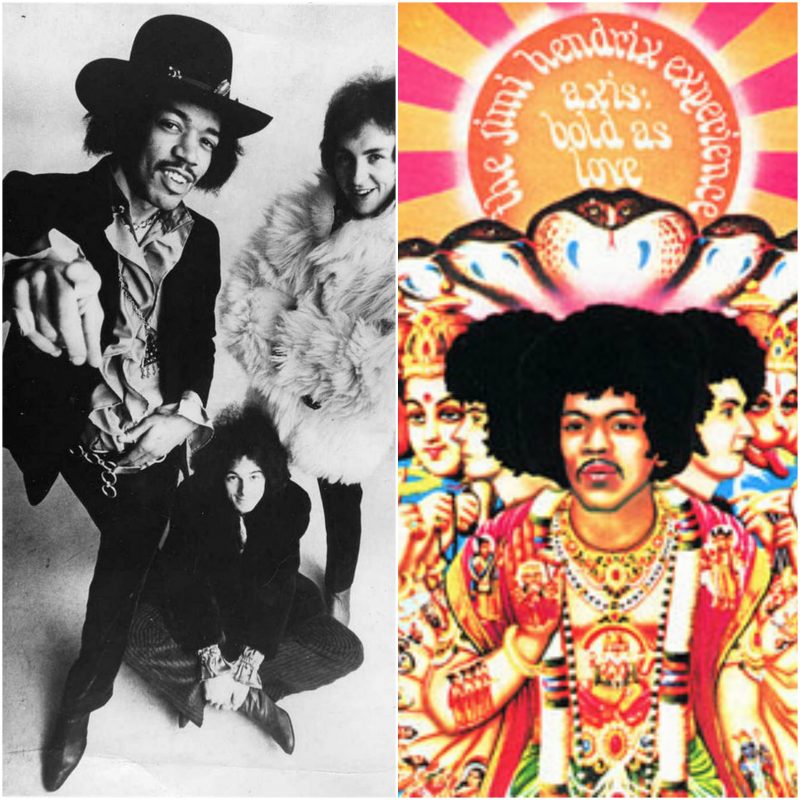It is only human to make mistakes. Every now and then we fail to remember where we left our keys, forget to buy groceries, or forget to turn the stove off. Even machines and computer programs have bugs and which problems that end up being either minor mishaps or catastrophic blunders.
Thankfully, we have innovations such as digital backups and efficient copying methods in this modern era, as opposed to “ye olden days” of the Studer J37, EMI consoles, or the 4 track tape recorders. Jimi Hendrix, the prominent guitar virtuoso, turns errors into musical notes and makes them sound masterful and out of this world. But, when it comes to an exhausting recording session, carelessness proves to be an enormous waste of money and time. Still, The Jimi Hendrix Experience have cemented their place as one of the greatest musical ensembles in the world.
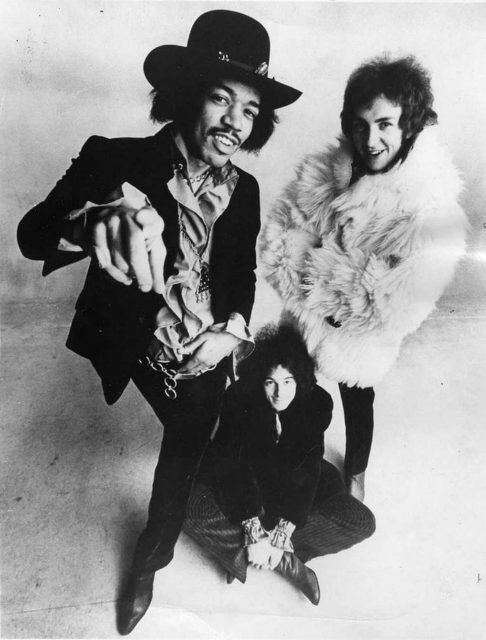
The second album, Axis: Bold As Love, was recorded at Olympic Sound Studios in May 1967, the same year in which the band had their electrifying performance at the Monterey Pop Fest, in which Hendrix literally lit his guitar on fire. A 17-year-old photographer, Ed Caraeff snapped the iconic photo of Hendrix burning his guitar on stage with only one shot left on his roll of film. Little did he know that he would take one of the most important rock ‘n’ roll photos in history, perfectly capturing the atmosphere which Hendrix was creating, symbolically “conjuring” up the spirits from the fire with his fingers.

In contrast to their previous album, “Are You Experienced”, which contained more calm, less driving compositions, as well as usage of other methods of recording like phasing effects, vocal overdubbing. The album included the iconic songs: “Spanish Castle Magic”, “If 6 Was 9” (which included Hendrix playing the flute, and was also featured in the cult movie “Easy Rider”), “Castles Made Of Sand”, “Bold As Love” (in which the musicologist Andy Aledort says that it has one of the greatest guitar solo ever played), and the magnificent guitar work of “Little Wing”. The cover of the album depicts the band as Hindu gods, much to Jimi’s disagreement; he claimed it would be much more appropriate to indicate his Native American heritage in the artwork.
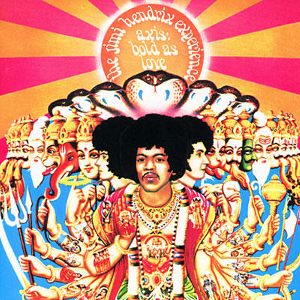
Chas Chandler, their manager, was responsible for producing the album, along with Eddie Kramer, the chief audio engineer. The recording process set to the background of heavy pressure from Track Records, and they needed to finish by December, but Hendrix was very enthusiastic about the record and he enjoyed playing, even though some members were frustrated because of his constant demands for re-takes and perfectionism.
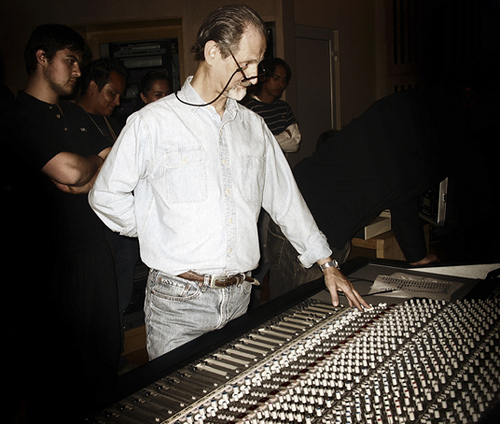
The unfortunate event happened when Hendrix forgot and left the box full of master tapes in a taxi cab in London, rushing to get to whatever his destination was. The tapes were never recovered. To the guitarist’s dismay, the whole recording, mixing, and editing process had to be done in a single session overnight, bitterly redeveloping the quality and value of the record. The hardest song to reproduce was “If 6 Was 9”, due to all the layered guitar work and effects. Fortunately, Noel Redding had a wrinkled, extra copy of the song, so they had to iron the tape to achieve a finer sound.
The re-mixed album was finally finished and released on December 1st in the UK and on January 15th the next year in the US. This is the only version that spins on our record players today and who knows if the original recordings could have promised a more superior sound.
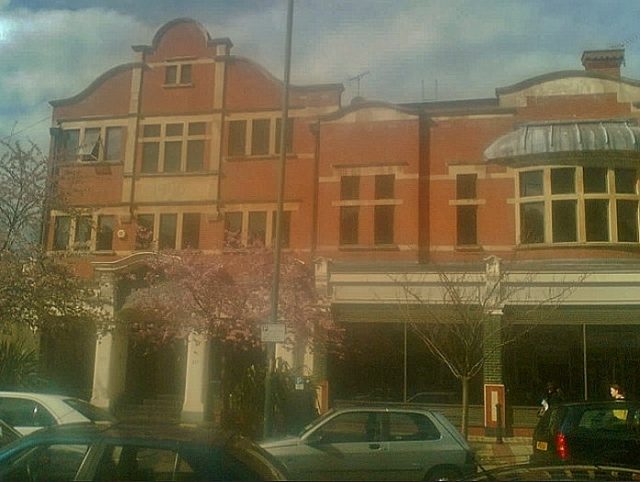
Maybe the taxi driver knew he was sitting on a gold mine, or maybe there is still hope that the tapes are still in a pawn shop in London or in some old and dusty attic. Some think that Hendrix lost the tapes on purpose, as the sound didn’t quite turn out the way he imagined.
Nevertheless, the album peaked at #6 on the Billboard R&B chart, and would turn out to be a substantial masterpiece and an essential part of every record collection for the listening pleasure of all generations.
